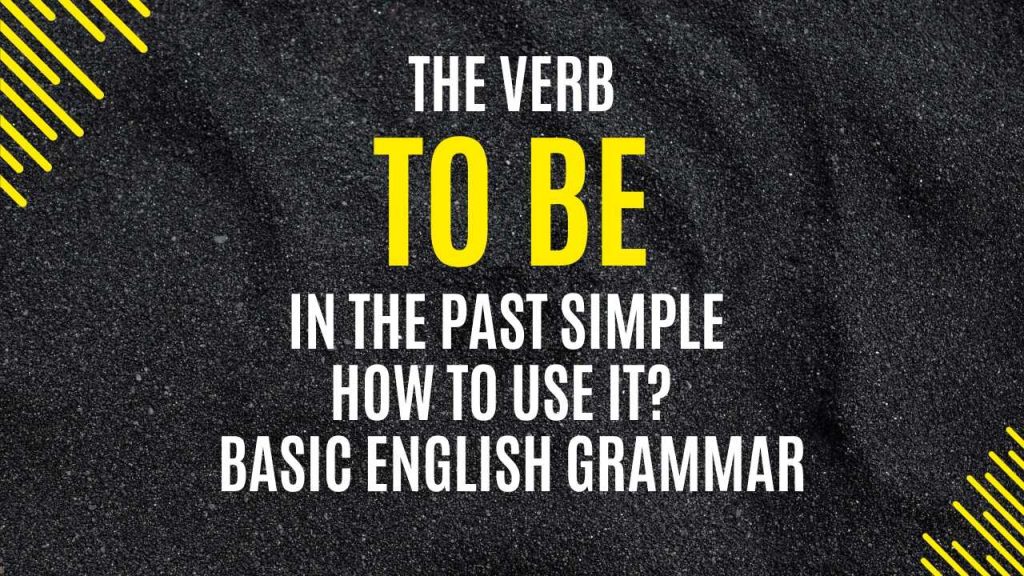
To use the verb “to be” in the past simple tense, you need to conjugate it according to the subject of the sentence. Here is how you can use it:
Affirmative sentences:
- I was
- You were
- He/she/it was
- We were
- They were
Example: I was at the party last night.
Negative sentences:
- I was not (wasn’t)
- You were not (weren’t)
- He/she/it was not (wasn’t)
- We were not (weren’t)
- They were not (weren’t)
Example: She wasn’t happy with the results.
Interrogative sentences:
- Was I?
- Were you?
- Was he/she/it?
- Were we?
- Were they?
Example: Were you at the meeting yesterday?
Remember to use “was” with singular nouns (I, he, she, it) and “were” with plural nouns (you, we, they). Also, note that contractions like “wasn’t” and “weren’t” are commonly used in spoken English.
Expressing actions or states in the past:
We use the past simple tense of “to be” to talk about actions, events, or states that occurred and ended in the past. It is commonly used to describe past situations, locations, feelings, or characteristics.
Here’s some more information about using the verb “to be” in the past simple tense:
- Example: She was tired after a long day at work.
- Example: We were in Paris last summer.
Irregular forms:
The past simple tense of “to be” has irregular forms, so it doesn’t follow the regular conjugation patterns of other verbs. The forms “was” and “were” are used for all subjects in the past simple.
- Example: I was late for the train.
- Example: They were excited about their vacation.
Time expressions:
When using the past simple tense of “to be,” you can also include time expressions to provide more context or specify when the action or state occurred in the past. These time expressions can be specific dates, durations, or general time references.
- Example: He was a student last year.
- Example: We were at the beach for two weeks.
Remember to pay attention to subject-verb agreement and use the appropriate form of “to be” according to the subject of the sentence.
Practice constructing sentences using the past simple tense of “to be” to further familiarize yourself with its usage. The more you practice, the more comfortable you will become.
Contractions:
In spoken English, people commonly use contractions with the past simple tense of “to be.” For instance, “I was not” can be contracted to “I wasn’t,” and “you were not” can be contracted to “you weren’t.” These contractions are more informal but widely accepted in everyday conversation.
Emphasis on duration:
When using the past simple tense of “to be,” you can emphasize the duration of an action or state by adding a time expression. This helps to specify how long the action or state lasted.
- Example: She was living in London for three years.
- Example: They were studying all night for the exam.
Reporting past events:
The past simple tense of “to be” is often used when reporting past events, conversations, or actions.
- Example: He said he was tired.
- Example: She told us that they were going on vacation.
Conditional sentences:
The past simple tense of “to be” can also be used in the if-clause of conditional sentences when expressing hypothetical or unreal situations.
Example: If I were rich, I would travel the world.
Remember to pay attention to subject-verb agreement and use the correct form of “to be” based on the subject and context of the sentence.
All in all:
It’s important to practice using the past simple tense of “to be” in various contexts and sentence structures to strengthen your understanding and fluency. Reading, listening, and speaking exercises can help you become more comfortable with its usage.
Let me know if there’s anything specific you’d like to know or practice further!